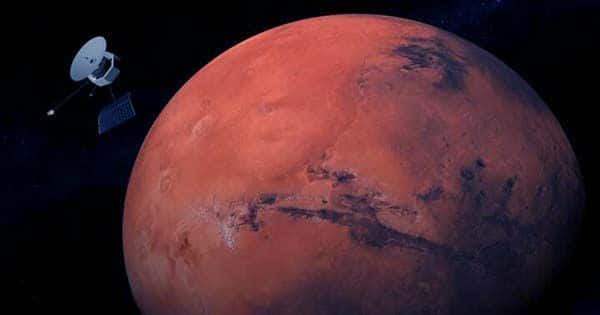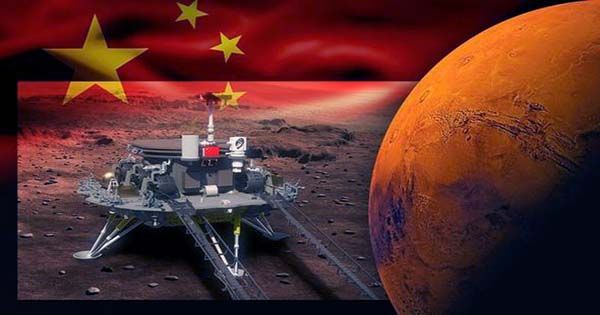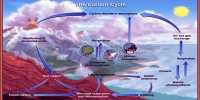China has just made history since the first offering of the red planet successfully landed on Mars and it has created a second craft in a matter of days to get there. Yesterday, the UAE’s Hope Probe successfully entered Mars orbit. It is a busy week for Mars, as NASA’s Perseverance rover arrives next week. Tianwen-1 is an interesting exploratory combo consisting of an orbit, lander and rover. However, the lander-rover will not lower to the surface immediately. The China National Aeronautics and Space Administration (CNSA) are waiting for favorable atmospheric conditions. The landing is expect to take place in May this year and is the most risky part of the trip.

If successful, China will become the second country to land on Mars and set up a search investigation. Only the United States has achieved this. The USSR’s Mars 3 and the British Beagle 2 thought to have landed safely, but no action taken upon arrival. Both the European Space Agency’s Schiaparelli lander and NASA’s Mars Polar Lander crashed on the planet during landing. In fact, almost half of all missions to Mars have failed, so NASA is the only space agency to operate a spacecraft on Earth.
Part of Tianwen-1’s orbit designed to study the visible geology of Mars and the weak magnetic space surrounding the planet. It is equipped with a high-resolution camera that can snap images with a resolution of about 2 meters (6.6 feet) from its orbit, which is 400 kilometers (250 miles) from the ground. These will not be as sharp as NASA’s Mars Reconnaissance Orbiters HRSE, but farther from Tiananmen-1 to the Red Planet.
The Lander-Rover pairing based on the success of the Chang-4. That mission was the first soft landing on the far side of the moon, a great success for CNAS in 2018. NASA’s Viking 2 came here in 1976.
An exciting tool of the mission is ground-penetrating radar that will provide a detailed map up to 100 meters (330 feet) below the Martian surface. Landers have literally destroyed only the surface of the planet for more than 50 years. This work will provide more details about Mars.
The name Tianwen-1 comes from an ancient Chinese poem by Qu Yuan (~ 340-278). It translates as “questions to heaven” and hopeful the mission will provide answers to many of our uncertainties about Mars. Next week, it is NASA’s turn to take on the Martian spotlight. Perseverance Rover and its small helicopter partner, Curiosity, expected to land on February 18. Do not worry we will keep you updated.
















